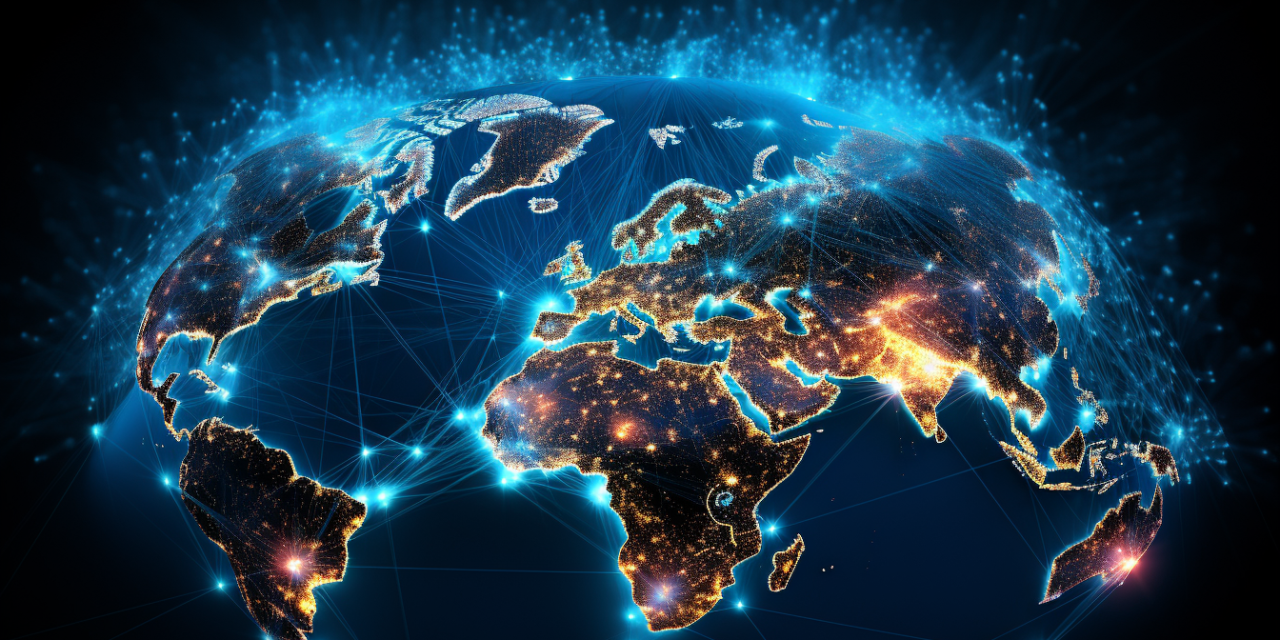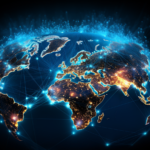The Digital Playground: A Haven for Cybercriminals
In our increasingly interconnected world, the digital landscape has become both a boon for innovation and a playground for cybercriminals. With businesses, governments, and individuals relying on digital platforms for everything from communication to commerce, the stakes have never been higher. Unfortunately, this rapid digitalization has also created fertile ground for sophisticated cyber threats, ranging from phishing attacks and ransomware to the rise of generative AI being weaponized for social engineering (Schmitt & Flechais, 2024). Protecting the integrity, confidentiality, and availability of digital assets is no longer a luxury but a critical necessity.
AI-Driven Threat Detection: A Game-Changing Solution
Artificial intelligence (AI) has emerged as a powerful ally in the fight against cybercrime (Schmitt, 2023). Unlike traditional rule-based systems, AI leverages machine learning models capable of identifying anomalous behavior in real time, significantly reducing the time it takes to detect and mitigate threats. For instance, anomaly-based intrusion detection systems (IDS) can flag suspicious activities that deviate from an organization’s normal network behavior. Moreover, AI-powered tools can neutralize phishing campaigns by identifying deceptive patterns in real-time emails or messages, even as cybercriminals continuously refine their tactics. By automating the labor-intensive aspects of threat detection, AI allows cybersecurity teams to focus on strategic interventions rather than playing catch-up with attackers.
The Future: Autonomous Security Agents
As cyber threats evolve, so too must our defenses. The future of cybersecurity lies in the deployment of autonomous AI agents—self-learning, self-healing systems designed to operate with minimal human intervention (World Economic Forum, 2024). These agents could act as virtual security teams, continuously monitoring digital ecosystems, learning from previous incidents, and proactively neutralizing threats before they materialize. For example, autonomous AI systems might predict and respond to zero-day vulnerabilities by applying security patches or rerouting traffic in real time. Additionally, their ability to collaborate across networks and organizations could create a unified, resilient front against global cybercrime. While challenges such as ethical considerations and ensuring transparency remain, the potential of these agents to revolutionize cybersecurity is undeniable.
In the race between cybercriminals and defenders, innovation will be the key to tipping the scales. By embracing AI-driven solutions today, we pave the way for a safer, more secure digital future.




